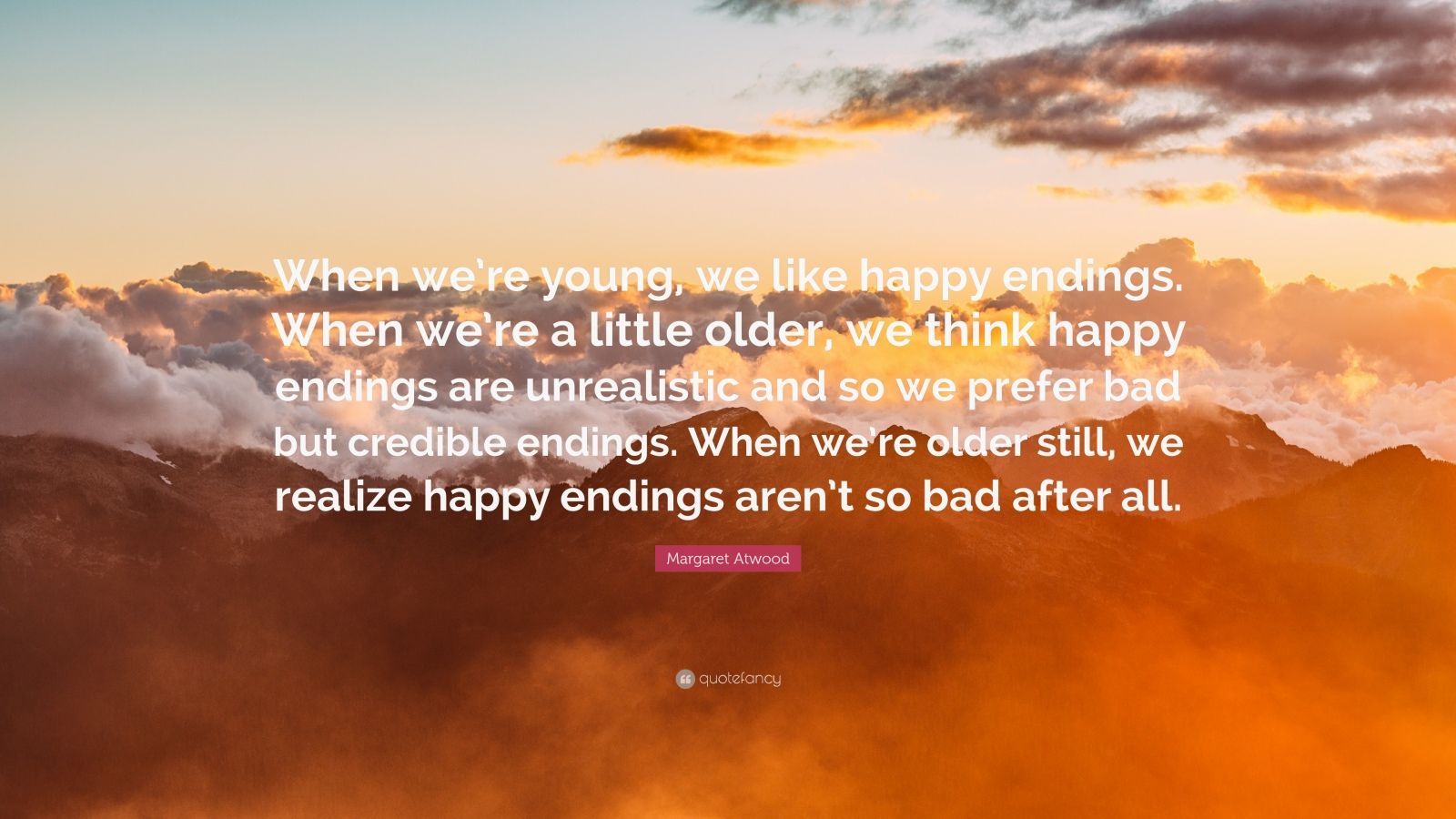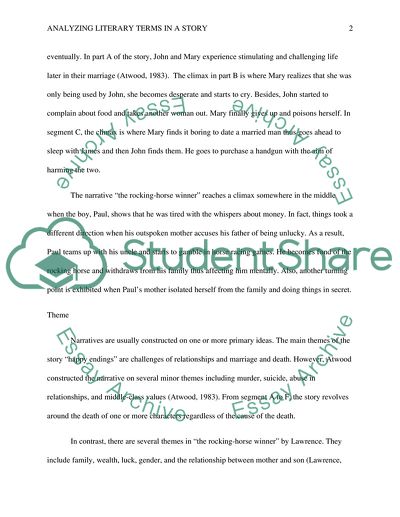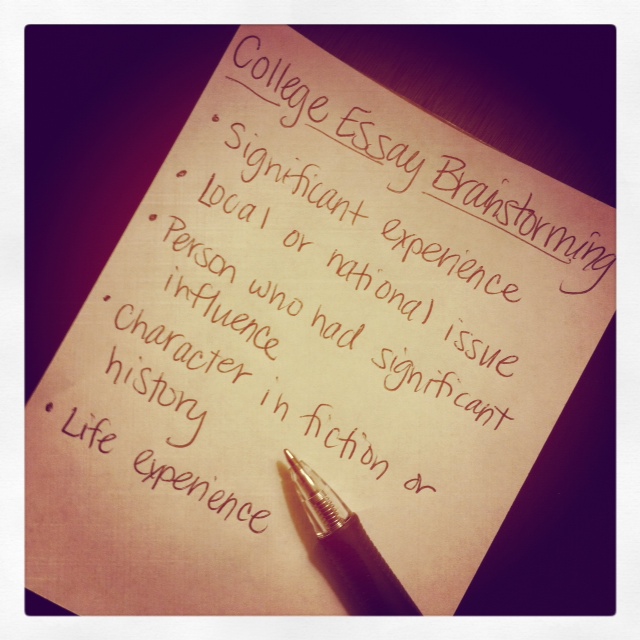
When he finds Mary with a lover who is her age and whom she finds interesting and engaging, he shoots both of them out of rage, and then kills himself. He tells Mary that he loves her but he cannot leave his wife because he made a commitment. He is a successful married older man with two children and a very satisfying life. In this scenario Mary meets her human need for love and affection with John. In scenario C, Atwood highlights one of the double standards that are applied to women when it comes to relationships.

It seems that Mary overdosing as a means of suicide shows how she wants her image and her body to be unharmed when John finally comes around to rescuing her. Unfortunately John does not come for her and the amount of pills she swallows kills her. In the end of the scenario Mary fantasizes about attempting to take her own life only to be rescued like a damsel in distress, by John in the nick of time. He never took her out to eat, he thought her company beneath taking her out to a restaurant. Mary’s breaking point is when John is seen taking another woman out to dinner. Atwood is using this scenario to make commentary on how if a man doesn’t want to commit to a woman, it is socially ok and not uncommon that the women can trade sex for his time and attention.

She cooks and cleans for him and lets him use her. She prostitutes herself to him in hopes that one day his feelings of lust will morph into those of true love. Mary pining after John, lets him take advantage of her again and again. In scenario B, Atwood depicts the tragedy of unrequited love. It’s life-affirming, smart and really uplifting…and will take you about five seconds to get through. In an age where everything is all go go go (or stop stop stop if you have a cold) you can’t go wrong with a mini dose of Atwood.Happy Endings by Margaret Atwood explores the oppressive stereotyping of women, the double standards enforced by society, and the traditional idea of a man’s place and a woman’s place through the form of short anecdotes that show different outcomes of relationships between a man and a woman. The destination sounds fairly horrible to me anyway. Now, I don’t particularly want to smother this blog post in cliches, but life really is about the journey and not the destination. True connoisseurs, however, are known to favor the stretch in between, since it’s the hardest to do anything with. I fell in love with a couple of lines near the end of the story: People and their crises matter only momentarily, and although this sentiment could be taken negatively I personally see it is a joyful thing. Any pain that you suffer is a mere blip in the grand scheme of things as no matter how you decide to look at it, another person or problem is going to come along and take your place anyway. And if you feel a little bit sad about it you won’t be for too long because along comes another little story to take its place. The fact that someone always dies at the end of these mini stories isn’t meant to be morbid or depressing, it’s just an end to the story.

Each paragraph is like a delicious appetizer and I couldn’t help but gobble them all down. She is demonstrating the thrill of the new and the joy of an unknown beginning. You are thrown into a world of avoidable blunders, unreserved narcissism and hyperbolic evil, and I always find this type of innutritious fiction so utterly addictive. It was completely captivating to encounter so many melodramatic scenarios within such a short amount of words.Īnd this is entirely Atwood’s objective for the story. Atwood presents these hypothetical relationships almost as if they were on a menu: would you prefer to order a dish where both characters live happily ever after, one in which the female lead dies horribly or one where everyone ends up unbelievably miserable?Įach featured character is cliched in the most beautifully absorbing way, similarly to those in a soap opera or teen drama. The story contains six mini plots, each detailing a sexual relationship that concludes with a death. A brilliant example of the power of simplicity in plot, structure and style.


 0 kommentar(er)
0 kommentar(er)
